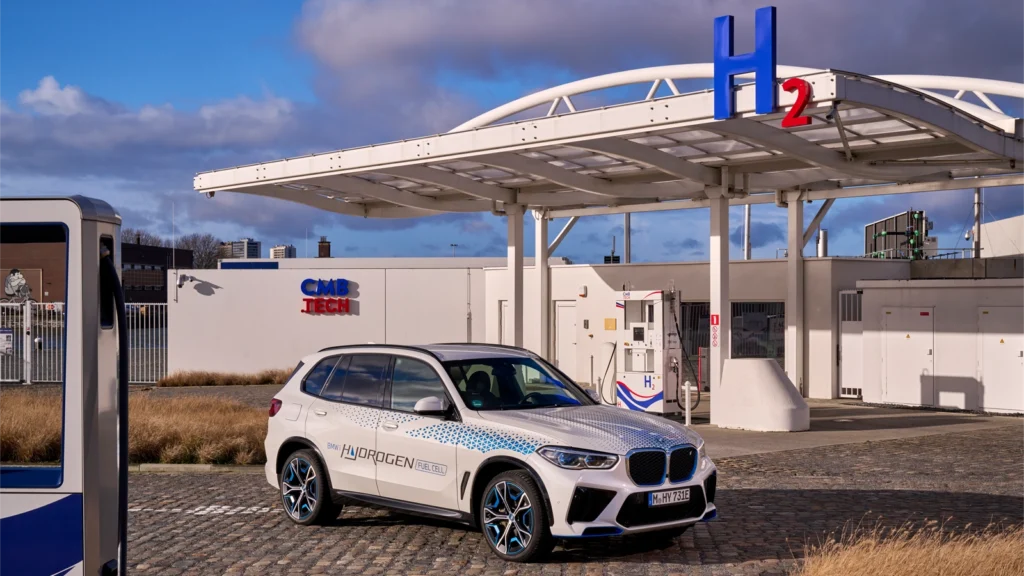Hydrogen Filling Stations – Europe
Discover the growing network of hydrogen refuelling stations across Europe, a key element in the transition to cleaner energy and sustainable transportation. Our interactive map provided by our partners at h2.live shows real-time data on the locations of hydrogen filling stations, ensuring that you can find the nearest refuelling point with ease. Whether you are planning a cross-country journey or simply need a local refill, our comprehensive directory includes up-to-date information on station availability, operating hours, and the types of hydrogen offered. Embrace the future of mobility with confidence, knowing that a reliable hydrogen refueling station is always within reach.
Join the movement towards zero-emission driving and explore the extensive infrastructure supporting hydrogen fuel cell vehicles throughout Europe. Each listed station is verified for quality and efficiency, ensuring that you receive the highest standard of service. Stay ahead of the curve with our regular updates and insights into the expanding hydrogen economy, and drive green with the peace of mind that our resources provide.
Hydrogen Fuel Station Storage Differences
The difference between a 700 bar hydrogen refuelling station and a 350 bar hydrogen refuelling station primarily lies in the pressure at which the hydrogen is stored and dispensed. Here are the key distinctions:
Pressure and Storage:
700 bar (High Pressure): Hydrogen is stored and dispensed at 700 bar (approximately 10,150 psi). This higher pressure allows for a greater amount of hydrogen to be stored in the same volume, enabling longer driving ranges for vehicles. Most modern hydrogen fuel cell vehicles (FCVs), such as those produced by major automakers like Toyota, Honda, and Hyundai, are designed to be refuelled at 700 bar to maximise their range.
350 bar (Lower Pressure): Hydrogen is stored and dispensed at 350 bar (approximately 5,075 psi). This lower pressure system is generally used for buses, trucks, and other heavy-duty vehicles that have larger fuel tanks and can accommodate the lower density of hydrogen stored at this pressure.

Vehicle Compatibility and Usage:
700 bar: Typically used for light-duty passenger vehicles and some commercial vehicles. The higher pressure allows for smaller, lighter tanks while providing a sufficient driving range, making it ideal for everyday consumer use. Refuelling at 700 bar stations is usually quicker due to advanced cooling systems that manage the heat generated during the high-pressure refuelling process.
350 bar: Often utilised for heavy-duty vehicles such as buses and trucks, which have the space to store larger hydrogen tanks. These vehicles don’t require the higher pressure to achieve a practical range and benefit from the simpler and potentially more cost-effective infrastructure of 350 bar stations.
In summary, 700 bar refuelling stations cater to the needs of light-duty vehicles, providing higher storage efficiency and longer driving ranges, while 350 bar stations are more suited for heavy-duty vehicles with larger fuel tanks that can store hydrogen at lower pressures.

